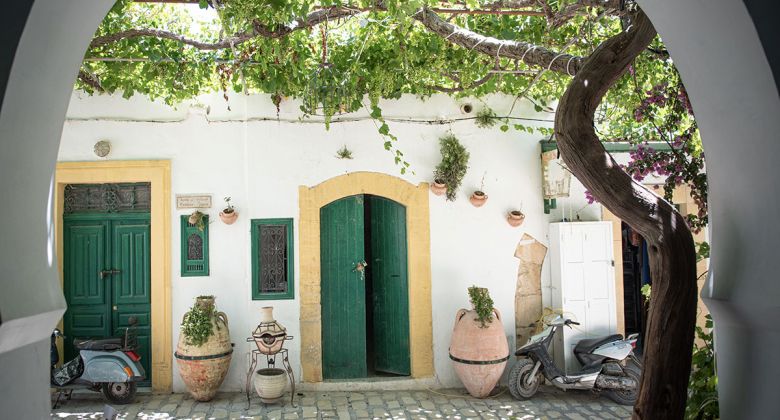

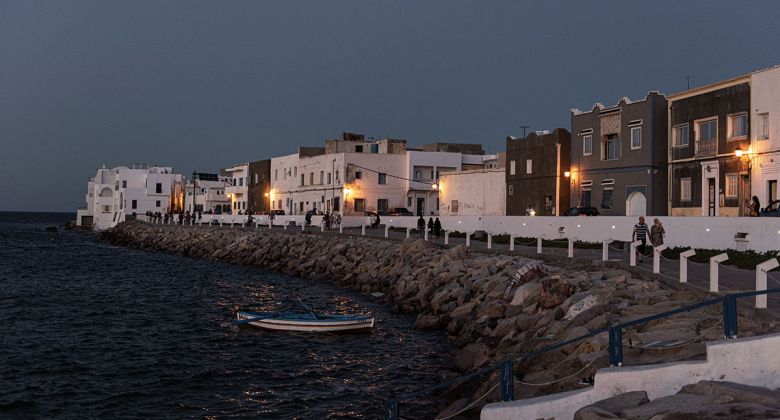
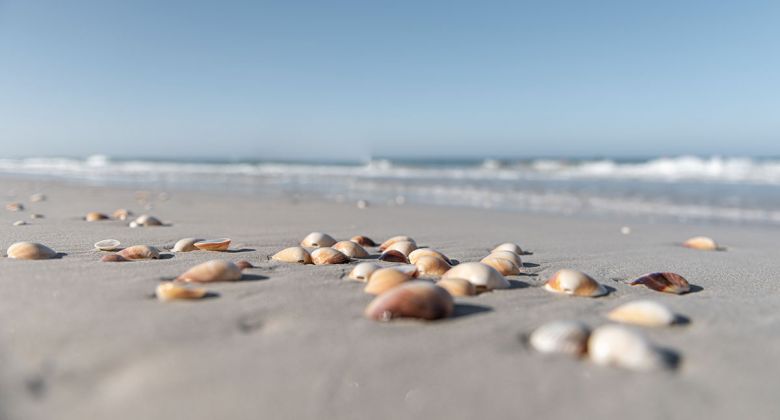
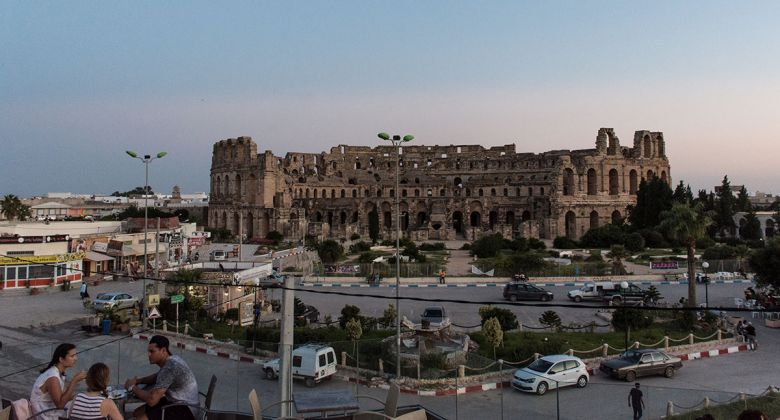
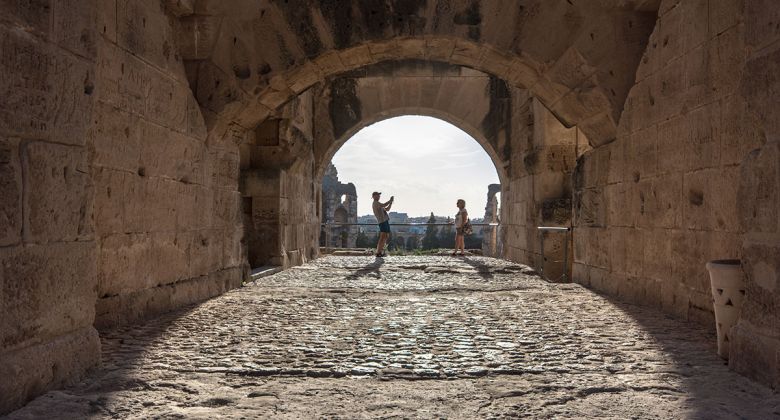
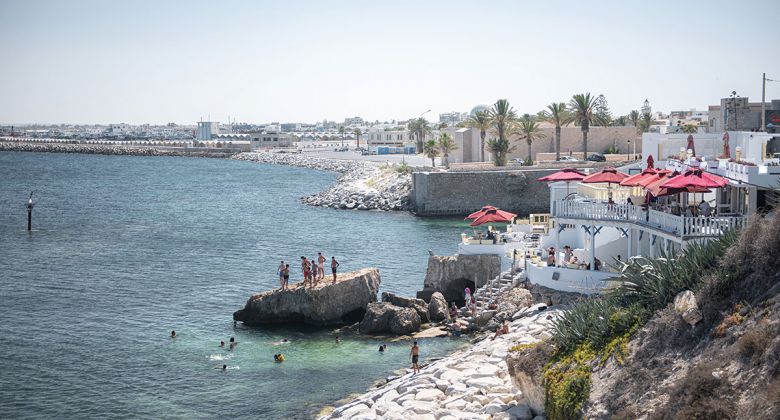
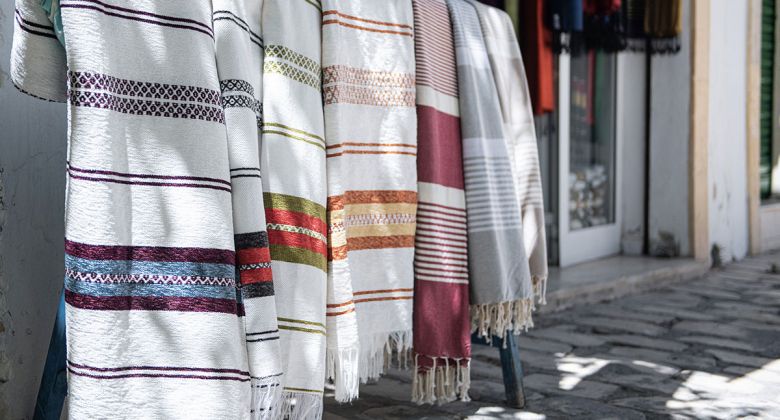
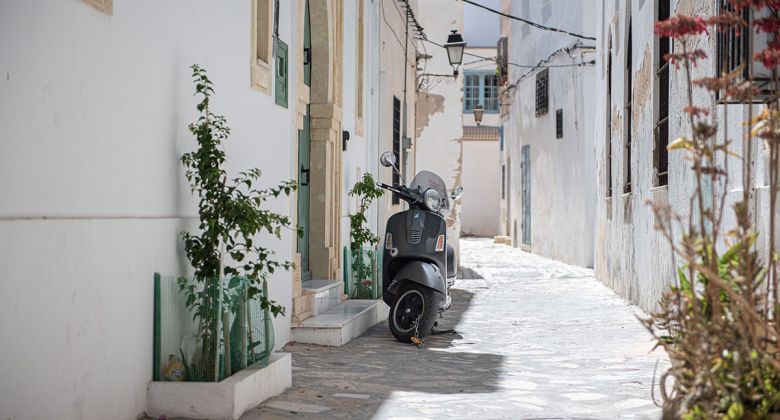
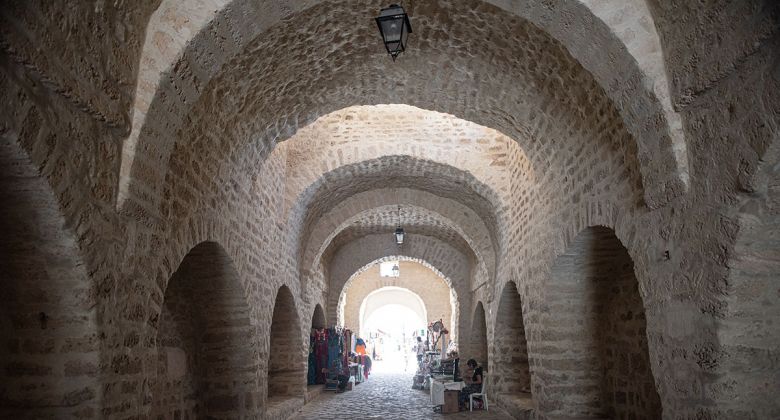
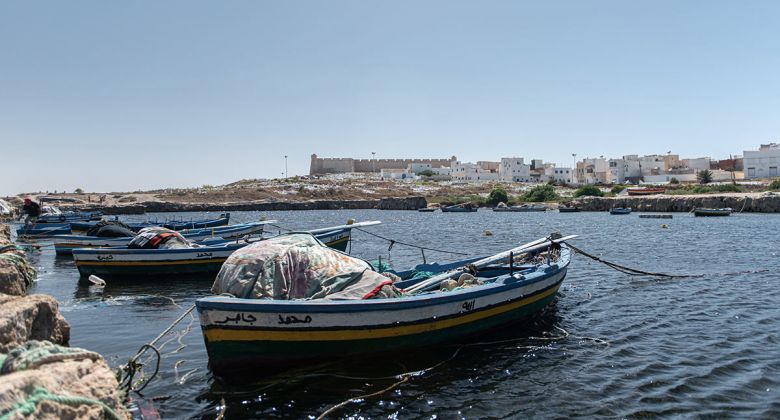
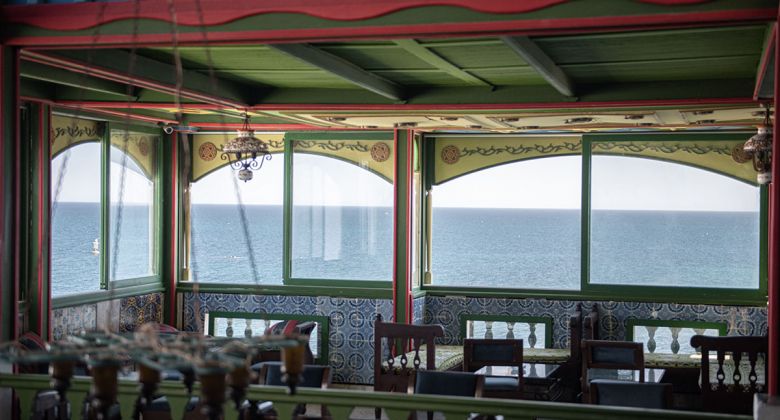
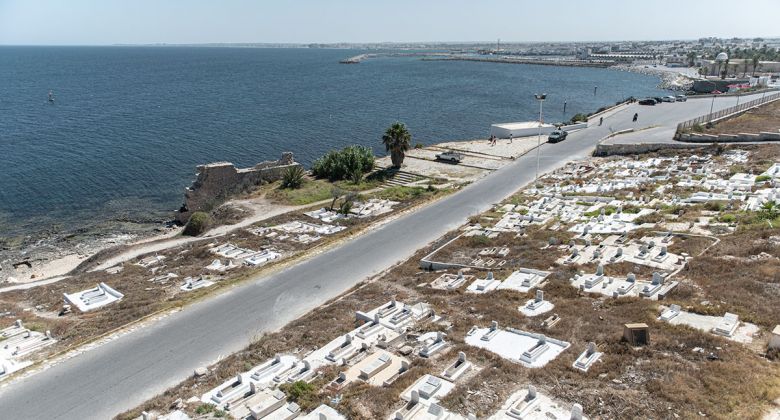
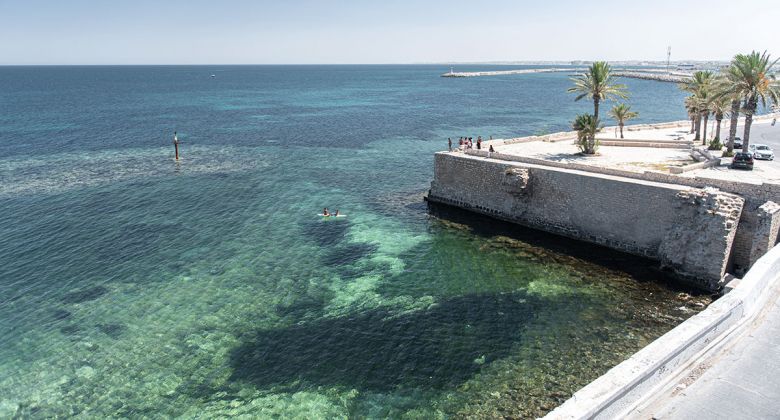
![]() On a narrow peninsula, small white houses press against the coastline. Facing them, wonderful beaches of golden sand. A Turkish fort, a marine cemetery…. Mahdia has a unique charm.
On a narrow peninsula, small white houses press against the coastline. Facing them, wonderful beaches of golden sand. A Turkish fort, a marine cemetery…. Mahdia has a unique charm.
Mahdia is a coastal resort on a personal scale home to some of the most famous beaches in Tunisia.
Whether travelling as a couple or as a family, it is most certainly the ideal destination to lounge on the sand, swim in the crystal clear waters, top up on thalasso spa treatments or scuba dive.
Far from the hotel clubs, would you prefer the smaller deserted beaches, or the rocky shores where the Mahdian inhabitants like to swim in the summer? The water there is deliciously cool and pure.
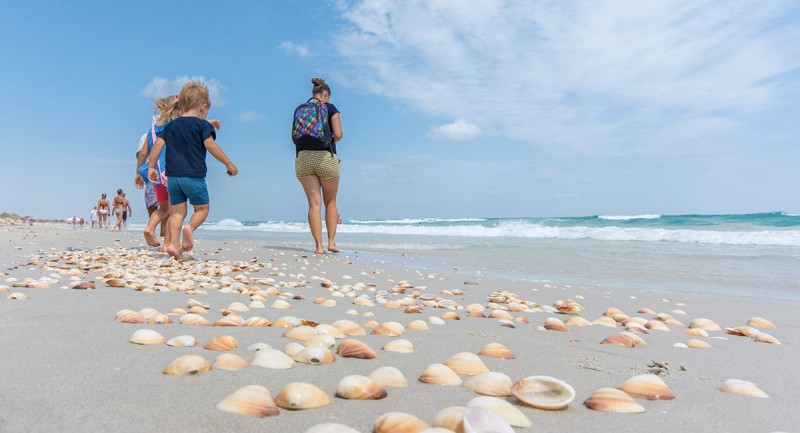
Choose and book without intermediaries.
In the mood for walking and discovery? Mahdia is easily explored on foot.
To enter the medina, let yourself be swallowed by a long and narrow entrance passage, part of a former medieval citadel. Then stroll through the old town of white houses with green doors.
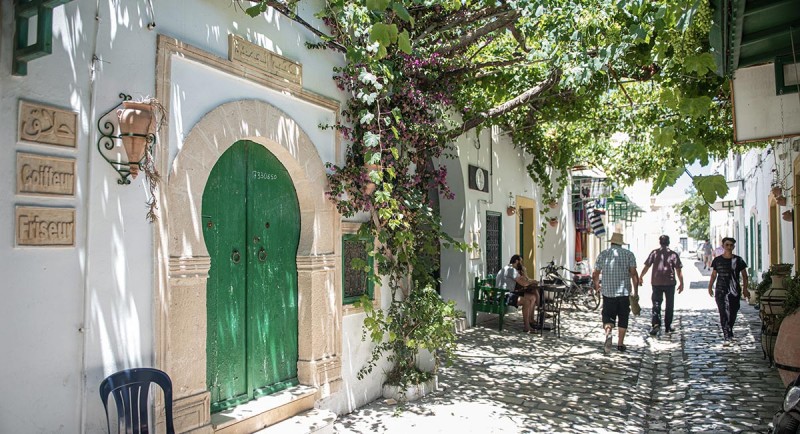
With a little curiosity, you will easily come across one of the weaver’s workshops where magnificent fabrics are made from silk and from gold or silver thread: the beauties of Mahdia drape themselves with them.
At the tip of the peninsula, next to the old marine cemetery, a magnificent view from the Turkish fort.
A former Phoenician port, in the 10th century the site was the first capital of an Islamic dynasty that would go on to greatness, that of the Fatimids. Afterwards, it remained a strategic port coveted by many powers…
If you like the atmosphere of fishing harbours, don’t miss the one in Mahdia: it’s one of the largest in Tunisia. All around, excellent seafood restaurants are at your service!
HOTELS AND GUESTHOUSES IN MAHDIA AND ITS SURROUNDINGS.
Visit a weaver’s workshop and buy a precious silk scarf.
Have a drink in a cafe above the sea like Café Sidi Salem or Café El Mehdi.
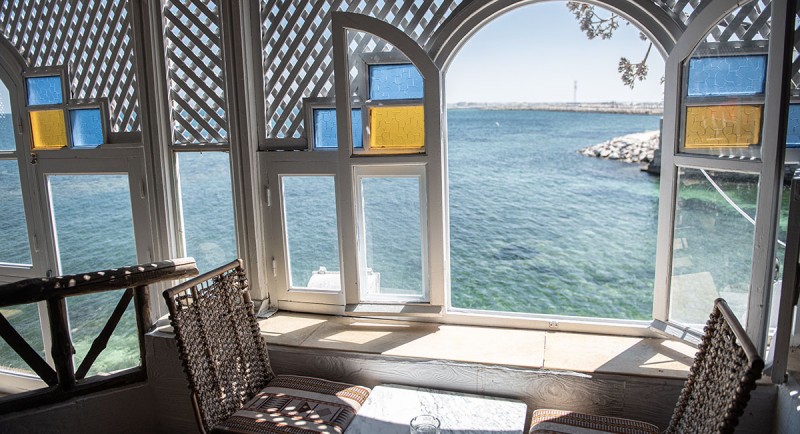
40 km from Mahdia stands a Roman architecture wonder: the Coliseum of El Jem, one of the largest and best preserved amphitheatres in the world. Read more about the amphitheatre of El Jem.
In El Jem, don’t miss to visit the beautiful archaeological museum: it has a very nice collection of mosaics. Read more about the mosaics of El Jem.
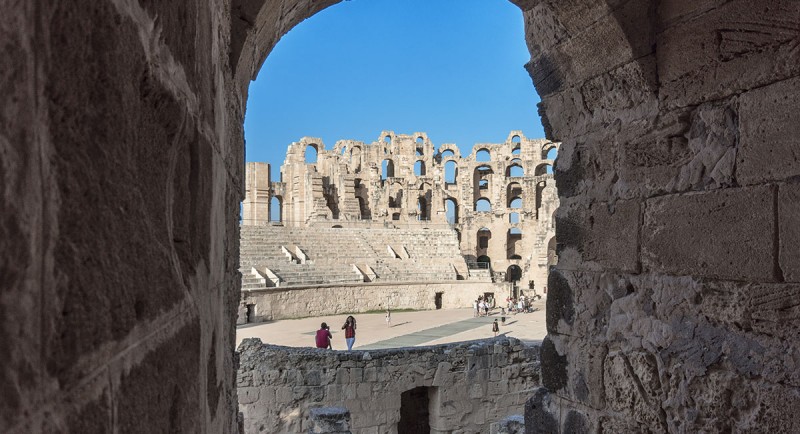
Visit the workshop Dar El Jem (40 km from Mahdia): Craftsmen and women revive the great tradition of mosaics. Read more about Dar El Jem.
First capital of the Fatimids then a strategic port, Mahdia has preserved numerous historical relics. One of the most incredible historical monuments in Tunisia can be found close by: The Coliseum of El Jem.
In the era of the first Fatimid caliphs, Mahdia’s peninsula was occupied by a fortified principality.
Of its ramparts an enormous door in the form of a bastion still remains: it is nicknamed “Skifa Kahla”, the dark porch.
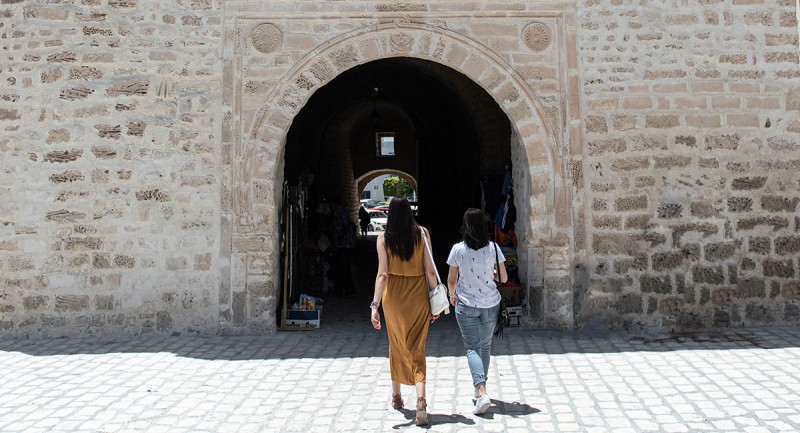
It is a long vaulted corridor that leads to the medina; today artisanal products are sold there such as the beautiful traditionally embroidered Tunisian outfits.
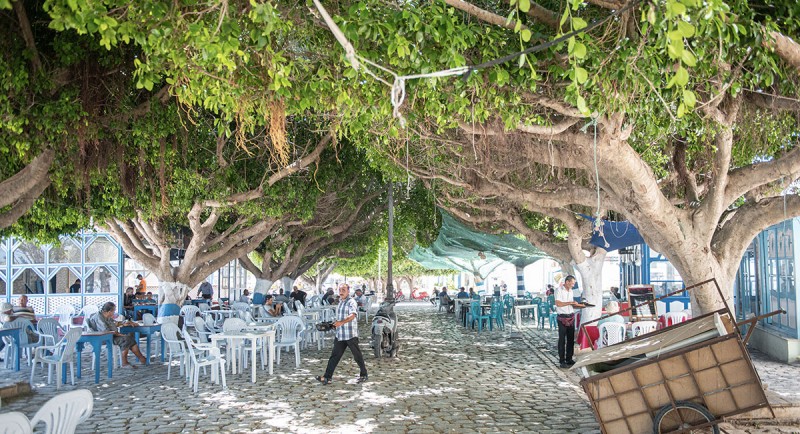
A charming shaded square named after the capital of Egypt, founded in 969 by the Fatimid caliphs when they left Mahdia.
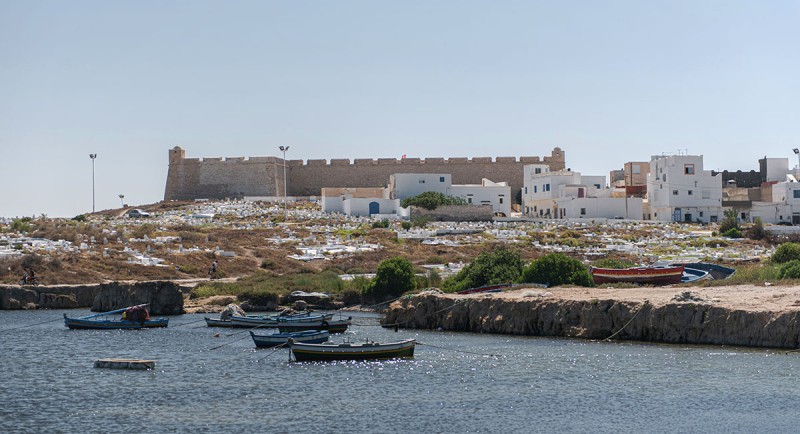
Constructed in the 16th century, this imposing fortress reminds visitors that Mahdia was one of Turk corsair Dragut’s bases; the Spanish and the Ottomans were fighting for control of Tunisia’s ports.
Read more: Who were the ‘Turkish’ corsairs of Tunisia?
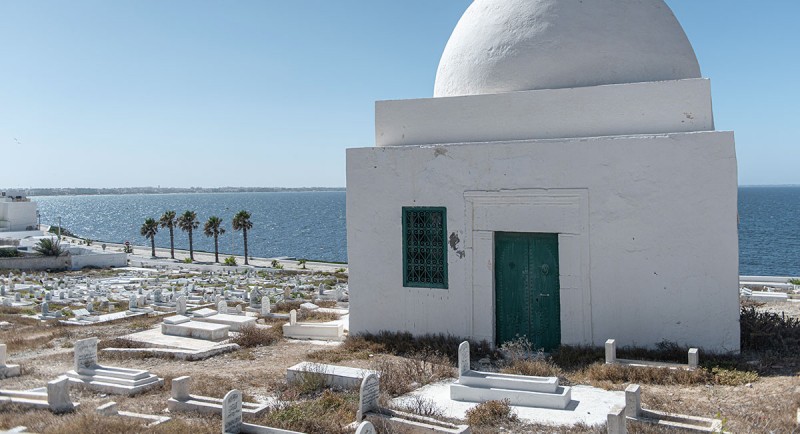
What could be more charming than this cemetery whose small white tombs incline gently towards the sea?
A basin dug into the rocky coast can be found at its side, at the foot of the ruins of an enormous gate: the remains of a former Phoenician military port and the medieval “Gate of Conquests”.
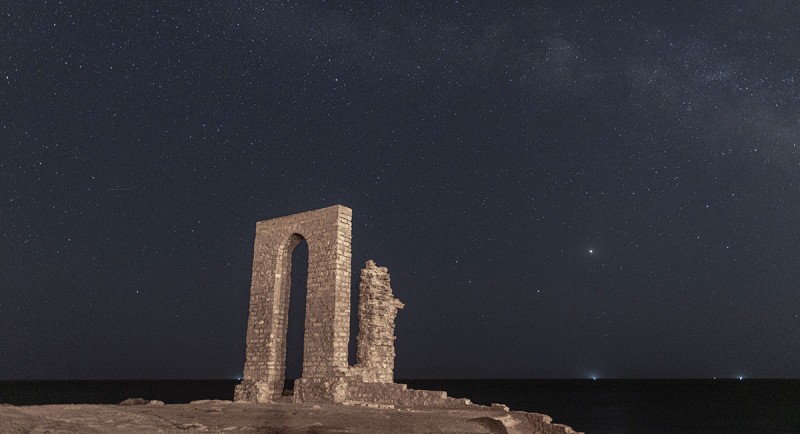
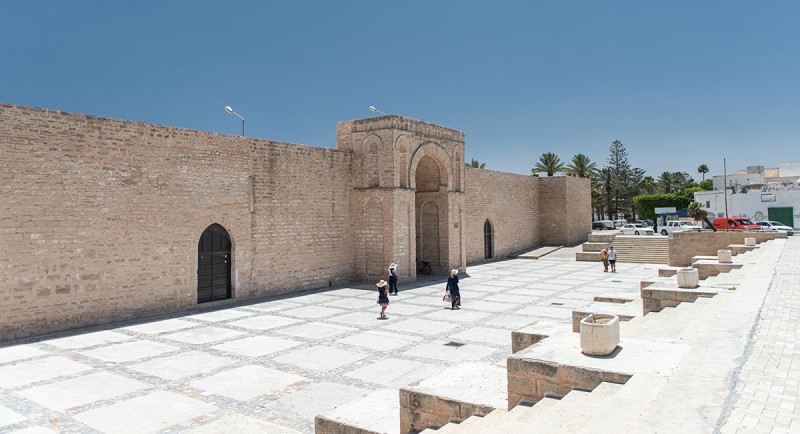
A faithful reconstruction of the mosque of the Fatimids, rebuilt in 1965 after centuries of transformations.
The impressive entrance porch and the decoration of semi-circular niches are remarkable.
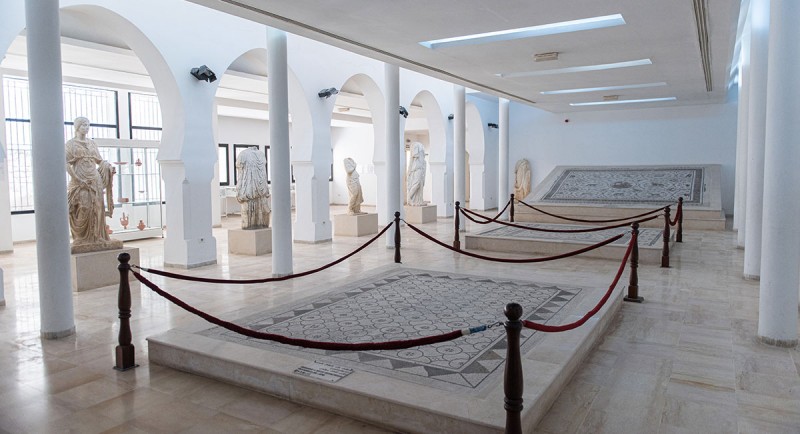
Greek columns, medieval ceramics, jewellery and opulent traditional wedding outfits… Mahdia Museum reflects the entire history of the city.
Choose your accommodation and book without intermediary
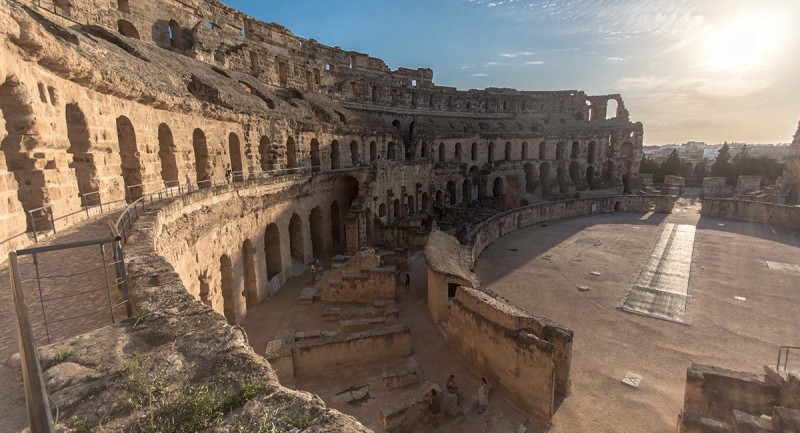
Wild beast combats would take place in the arena of this monument both imposing and harmonious.
A large part of the enclosure as well as the arena and the underground galleries have been preserved.
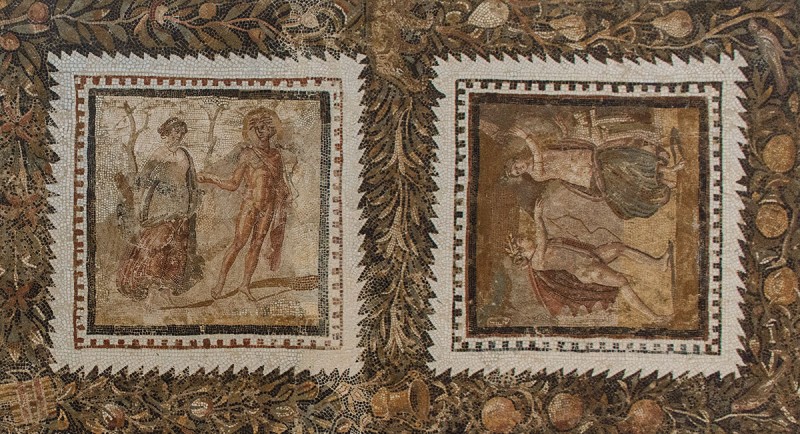
It is completed by a perfectly reconstructed Roman house.
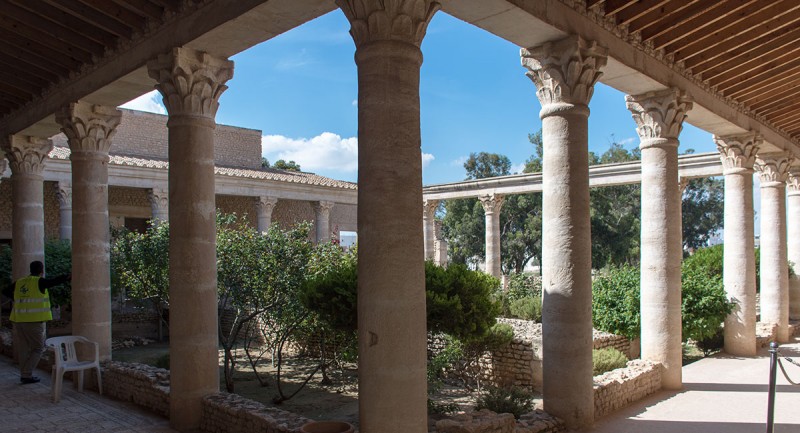
![]() Mahdia is surrounded by numerous historical sites. Worth visiting: Kairouan, first capital of Islamic Tunisia, and towns with a brilliant medieval past like Monastir, Sousse and Sfax. Without forgetting the dream archipelago of Kerkennah.
Mahdia is surrounded by numerous historical sites. Worth visiting: Kairouan, first capital of Islamic Tunisia, and towns with a brilliant medieval past like Monastir, Sousse and Sfax. Without forgetting the dream archipelago of Kerkennah.
Monastir is famous for its Ribat, an imposing fortress standing facing the sea. Superb viewing point from its lookout tower, and small museum. Read more about Monastir.
Sousse is a major coastal resort and historical city. Its outstanding medina has been declared a World Heritage Site by UNESCO. Read more about Sousse.
First capital of Islamic Tunisia, Kairouan has kept its impressive relics of that golden age: the Great Mosque (the first founded in the Maghreb) and the Aghlabid basins (water reservoirs).
Stroll through the traditional atmosphere found in the medina and visit the charming mausoleum of Sidi Sahbi, nicknamed the “Mosque of the Barber”. The city of Kairouan has been declared a World Heritage Site by UNESCO. Read more about Kairouan.
Second largest city in Tunisia after the capital, Sfax is worth a visit for its impressive medina surrounded by crenellated ramparts.
The charming archipelago of Kerkennah stretches out to sea: long sandy beaches, peaceful landscapes dotted with palm trees, and gatherings of birds on the shoreline… Read more about Sfax and Kerkennah.